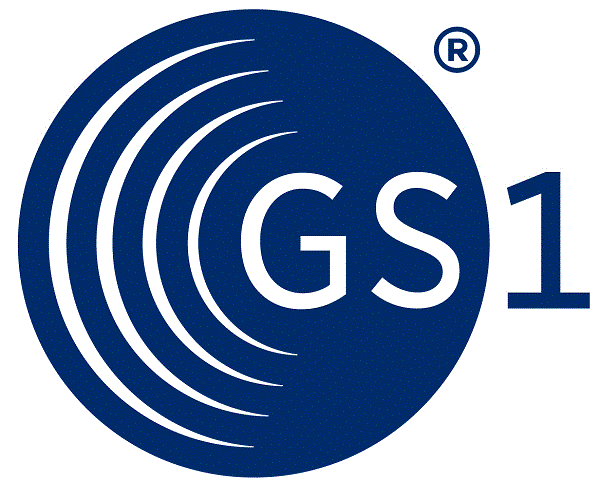|
|
|
| |
Function: |
| |
To specify currencies used in the transaction and relevant details for the rate of exchange. |
|
| |
|
EAN |
* |
|
|
|
|
|
R |
|
|
|
|
|
Currency usage code qualifier |
|
|
M |
* |
|
|
|
|
Currency identification code |
|
|
R |
|
|
|
|
|
Currency type code qualifier |
|
|
R |
|
| 9 |
|
= |
Order currency |
| 11 |
|
= |
Payment currency |
|
|
|
|
|
N |
|
|
|
|
|
|
D |
|
|
The second occurrence of this composite is only used if a target currency is being specified. |
|
|
|
|
Currency usage code qualifier |
|
|
M |
* |
|
|
|
|
Currency identification code |
|
|
R |
|
|
|
|
|
Currency type code qualifier |
|
|
R |
|
| 9 |
|
= |
Order currency |
| 11 |
|
= |
Payment currency |
|
|
|
|
|
O |
|
|
|
|
|
|
D |
|
|
The rate of exchange which applies to the currency. |
|
This rate of exchange is only used if a target currency has been identified in the second occurrence of C504. |
|
|
|
|
Exchange rate currency market identifier |
|
|
N |
|
|
|
Segment Notes: |
|
This segment is used to specify currency information for the complete invoice.
The CUX Segment is mandatory for international exchanges.
When specifying Reference and Target Currencies for international trade, one occurrence of CUX is all that is required. The reference currency is identified in the first occurrence of composite C504, with the target currency specified in the second occurrence of C504. The rate of exchange between the two is detailed in DE 5402.
The general rule for calculating the rate of exchange is as follows:
Reference Currency multiplied by Rate = Target Currency.
Example:
CUX+2:EUR:9'
CUX+2:EUR:9+3:EUR:4+1.08655' |
|
